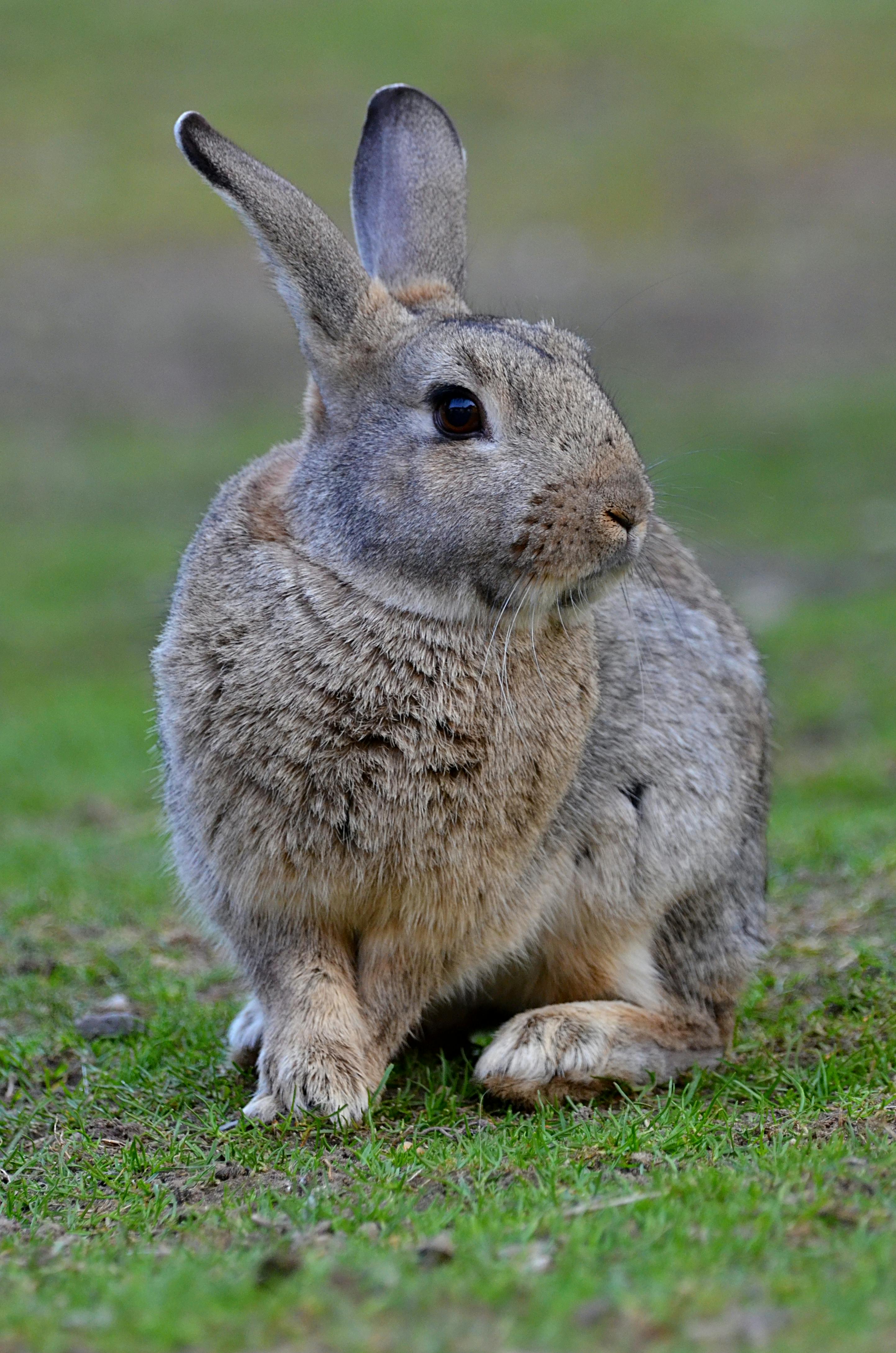Apply Now
Essential Guide to Hamster Care for Kids
Hamsters are among the most beloved pets, ideal for kids and families due to their small size, cute appearance, and engaging behavior. A pet hamster can teach children valuable lessons about responsibility, empathy, and care for living beings. This essential guide will provide a comprehensive overview of hamster care, emphasizing proper housing, diet, playtime, and health needs, ensuring that children and their new furry friends experience a happy and fulfilling life together.
In this article, we'll explore the various hamster breeds, their requirements, and practical tips for creating a safe and enriching environment. Furthermore, we'll highlight some fun hamster activities and toys to keep your pet stimulated. By the end of this guide, you'll be equipped with everything you need to provide the best care for your adorable pet hamster.
Choosing the Right Hamster Breed for Families
When considering adding a pet hamster to your family, it's essential to choose the right breed that suits your lifestyle and preferences. The most common types are Syrian hamsters, dwarf hamsters, teddy bear hamsters, and long-haired hamsters. Each breed comes with distinct characteristics, and understanding these differences can ensure a happy and harmonious relationship.
Syrian Hamster Characteristics
Syrian hamsters are typically larger and more affectionate than their dwarf counterparts. They're known to be solitary, meaning they should be housed alone to prevent territorial disputes. These hamsters are playful, making them an engaging choice for kids who want to interact regularly. A proper hamster cage is essential for their housing. This type of hamster thrives on interaction with owners and can be easily trained to recognize their names.
Dwarf Hamster Overview
Dwarf hamsters, including Roborovski and Campbell’s dwarf hamsters, are smaller and often more social than Syrian hamsters. They're known for their adorable and energetic behavior. Dwarf hamsters can be kept in pairs or small groups but require plenty of space and enrichment in their habitat to avoid stress. Their friendly nature generally makes them a great option for children looking for a more interactive pet experience.
Teddy Bear and Long-Haired Hamsters
Teddy bear hamsters, often a variety of Syrian hamsters, have fluffy fur that makes them particularly appealing to children. Their gentle disposition and tendency to enjoy human companionship make them excellent beginner pets. Long-haired hamsters require regular grooming to maintain their coats and prevent matting. This can be a fun bonding activity for kids, helping them learn responsibility.
Creating a Safe and Stimulating Hamster Habitat
A suitable habitat is crucial for maintaining your hamster's health and happiness. Understanding the necessary requirements for hamster housing can significantly affect their behavior and wellness.
Essential Cage Requirements
When selecting a hamster cage, opt for a spacious model that allows for plenty of exercise. A multi-level cage can provide additional explorative space but ensure the bars are spaced closely enough to prevent escapes. The cage should include a solid floor as bedding can cause foot injuries.
Choosing the Right Bedding and Accessories
Bedding should be comfortable and absorbent while avoiding materials harmful to hamsters. Aspen shavings, paper-based bedding, and carefresh are good choices. Avoid cedar or pine shavings as they can cause respiratory issues. Accessories like tunnels, chew toys, and hiding places can improve your hamster's quality of life.
Providing Exercise and Socialization
Hamsters need regular exercise to prevent obesity and boredom. Providing a hamster wheel is essential, as it allows for physical activity while they are indoors. For added safe playtime, consider using hamster balls or supervised play areas outside their cage. Engaging with your hamster daily can help socialize them and encourage bonding with young families.
Nutrition: Feeding Your Hamster Right
A suitable diet is fundamental to your hamster's overall health and longevity. Understanding their nutritional needs is key for any pet hamster owner.
The Best Hamster Foods
Pelleted hamster food is generally preferable to loose seed mixes, as it provides balanced nutrition. Look for high-quality food containing a blend of grains, seeds, and necessary vitamins. Supplement their diet with fresh fruits and vegetables, but be cautious about portion sizes to avoid digestive issues.
Understanding Hamster Dietary Needs
Recognizing the difference between treats and staple foods is crucial. Fruits can be offered sparingly, while veggies like carrots or bell peppers should be part of their regular diet. Always ensure fresh and clean water is available, as hydration is essential for their health.
Avoiding Common Hamster Diet Pitfalls
Overfeeding can lead to obesity, and certain foods like chocolate or citrus can be toxic. Always be informed about what foods are safe and appropriate, and gradually introduce new items into their diet to monitor for any adverse reactions.
Health Guidelines for Hamsters
Understanding common health issues in hamsters is essential for any responsible pet owner. Regular health checks can lead to early intervention and better outcomes.
Recognizing Health Issues in Hamsters
Watch for signs of illness, such as lethargy, poor fur condition, or changes in drinking and eating habits. These can indicate underlying health problems. Owners should also note their hamster's behavior and activity levels regularly.
Monitoring Your Hamster’s Behavior
A happy hamster displays active behavior, explores its surroundings, and freely interacts with human caregivers. Any sudden changes in behavior or excessive hiding can be signs of distress or health concerns. Understanding these indicators can help identify problems early on.
Preventive Healthcare Practices
Regular check-ups with a veterinarian experienced in small animal care can help keep your hamster healthy. Additionally, maintaining a clean living environment and keeping an eye on their diet can prevent diseases.
Hamster Playtime: Engaging Activities and Toys
To keep your hamster lively and engaged, providing stimulates playtime is essential. This includes a variety of toys and activities to keep them entertained.
Best Toys for Hamsters
Choose toys that encourage natural behaviors, such as chewing, digging, and climbing. Chew toys are vital to prevent dental overgrowth, while tunnels and exercise wheels allow for physical activity.
Interactive Playtime Ideas
Designate a safe, enclosed area where your hamster can explore outside their cage. Use tunnels and boxes for them to run through, and supervise their time outside to prevent accidents. This interactive playtime builds trust and strengthens connections between you and your hamster.
Monitoring Playtime for Safety
Always supervise your hamster during playtime to ensure they don't escape or get stuck in small spaces. Avoid introducing toys with small parts that can be chewed off and swallowed.
Q&A: Common Questions About Hamster Care
What should I consider before adopting a hamster?
Before bringing a hamster into your home, consider the commitment required to provide care. Hamsters have specific needs regarding housing, diet, and social interaction. Evaluate the time you can allocate to care and social interaction.
How often should I clean the cage?
Cleaning the hamster's habitat at least once a week is essential, focusing on replacing bedding and cleaning food dishes. However, spot cleaning should be done more frequently to maintain a pleasant environment.
What can I do to ensure my hamster stays healthy and active?
Maintain a balanced diet, provide plenty of exercise opportunities, and keep an engaging habitat. Regular veterinary checkups can help identify health issues early.




